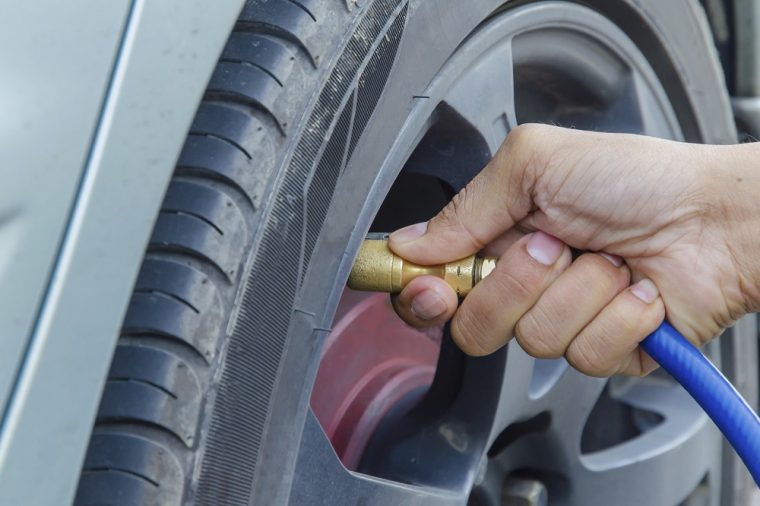There are plenty of things you might not know about your car, and that’s okay. Unless you’re a trained automotive technician, car enthusiast, or confident DIYer, your car knowledge might run shallow. But, there are certain facts about your car you need to memorize or at least have readily available.
Automotive Milestone: How to buy your first car
Identifying details
If you’ve ever lost your car in a parking lot and sought help from a security guard or good Samaritan, the first question they’ll have is, “What kind of car do you drive?” Now, you could probably get away with saying something like a red SUV or a silver sedan. But, when you make a service appointment for your car, the technician will want specifics; namely, year, make, and model.
“Fluids, parts, and the accessories to repair and maintain your car are all based on the car’s year, make and model, so it’s crucial to know the exact information,” writes Patrice Banks, founder of Girls Auto Clinic, on Progressive.com’s blog, On the Road. “Design, construction, and models of cars can change significantly in a year, and the parts required for your car will as well.”
Secret code
Although you don’t have to memorize the Vehicle Identification Number, you should know where it lives so you can refer to it when the need arises, namely during calls to your insurance company or talks with your mechanic. You can view the VIN by looking through the windshield onto the corner of the dashboard. The 17-digit number holds the secrets of your car including when it was manufactured, how big the engine is, and its make and model.
Recommended maintenance
Your car will need service, there’s no doubt about that. The only question is when, and that is easily answered in your car’s owner’s manual. This booklet outlines in detail the maintenance schedule you should follow to keep your car running.
Tire care
The tires on your car connect you to the road, and when they are under or overinflated, your safety is at risk. They should always be properly inflated, which means you need to know your tires’ recommended psi and check them regularly.
Dashboard lights
You might not be familiar with every light on your dashboard. That’s where your owner’s manual comes in — it’ll explain what each symbol means and what steps you need to take. But, you can discern the severity of the light by the color it glows. According to Banks, red means emergency help is needed; yellow means you should head to the mechanic ASAP, and green or blue signifies a system is activated.
Seasonal Maintenance: How to prepare your car for winter
Knowledge is power, and the more you know about your car, the more confident you’ll be behind the wheel.
DeAnn Owens is a Dayton transplant by way of the Windy City, yet considers herself to be a California girl at heart even though she’s only visited there once. To get through the dreaded allergy season unique to the Miami Valley, she reads, writes, complains about the weather, and enjoys spending time with her husband, two sons, and their newest addition, a Boston terrier puppy that is now in charge of all their lives. In the future, she hopes to write a novel and travel through time. See more articles by DeAnn.
